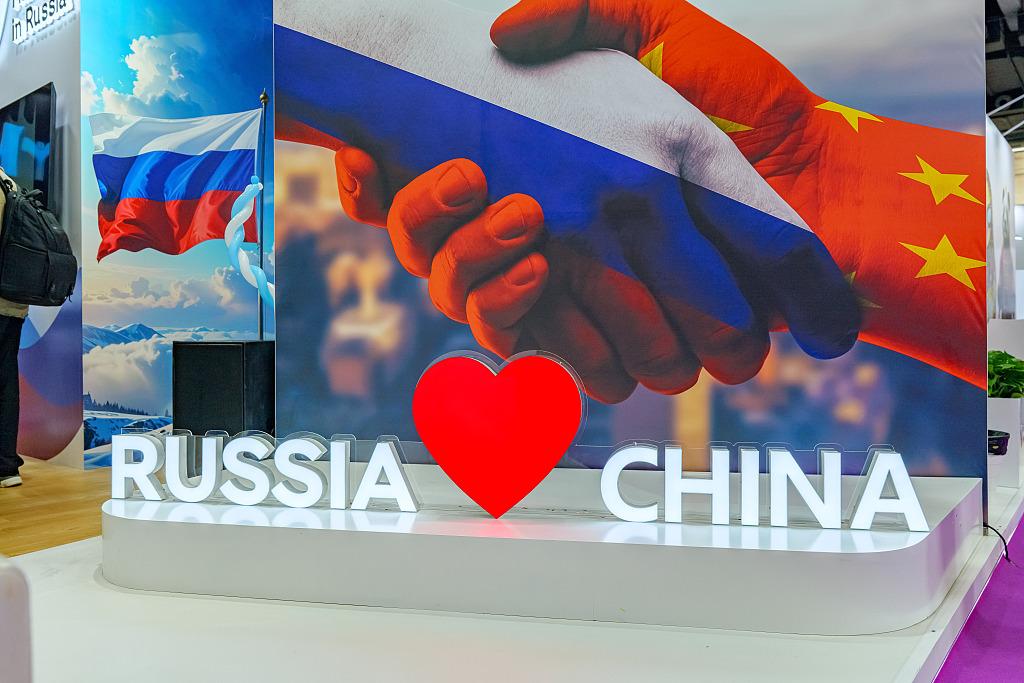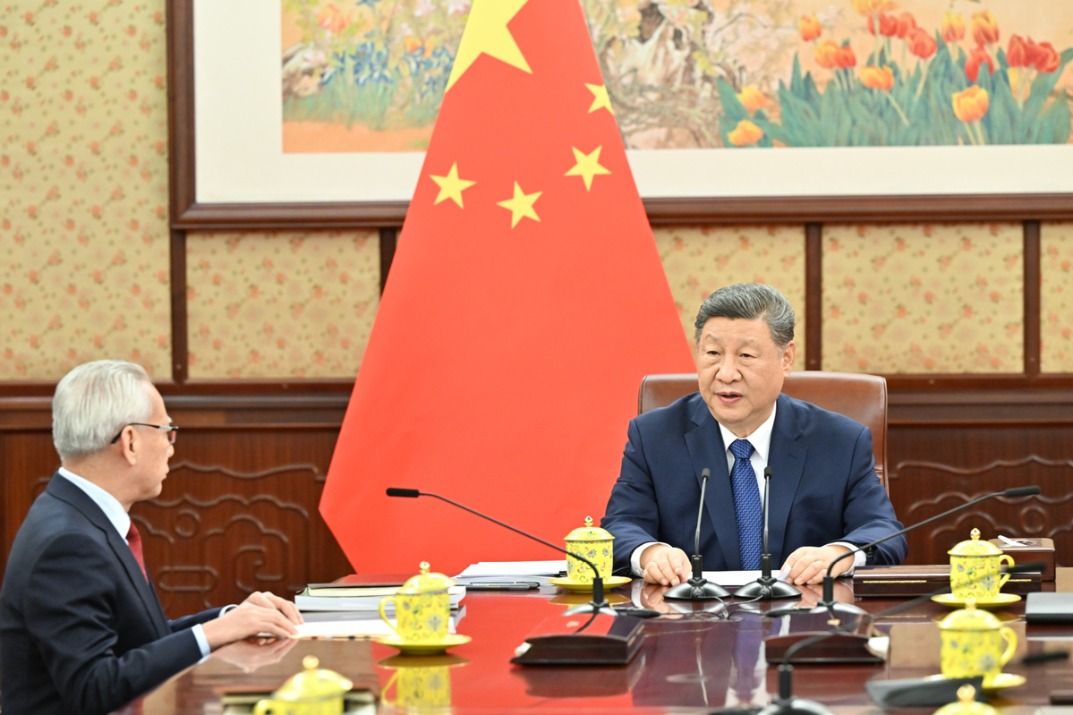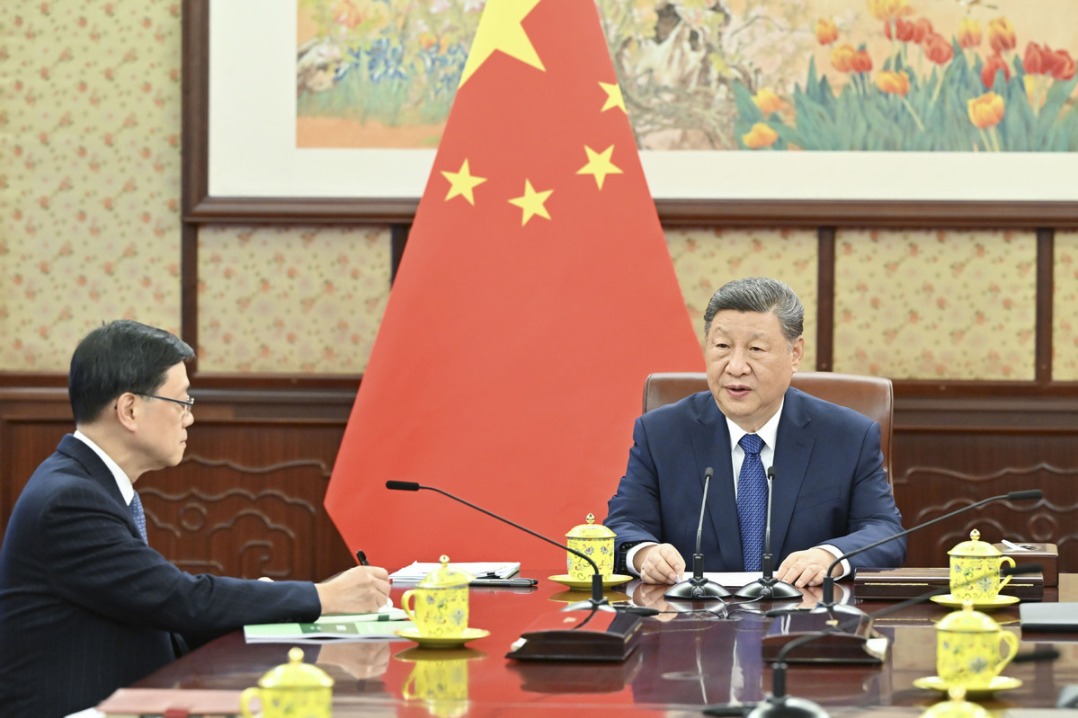Night trading boosts quality of gold, silver futures market
By Ying Jiang and Xiaoquan Liu | chinadaily.com.cn | Updated: 2019-05-06 15:17
In July 2013, the Shanghai Futures Exchange (SHFE) rolled out a much-awaited policy that marked the beginning of night trading in the futures markets in China. It allowed market participants to buy or sell gold and silver futures contracts in the SHFE from 9 pm to 2:30 am the following morning. These additional five and a half hours of trading have more than doubled the previous four hours of day trading. They also overlap with the active morning trading session in the Commodities Exchange (COMEX) in New York, where gold and silver futures contracts started trading in 1974 and whose prices are used as a benchmark throughout the world.
Hence night trading allows investors in China to observe price movements in the COMEX in real time and adjust their positions accordingly. This timely flow of information from the US to China potentially helps avoid nasty price jumps in Shanghai, due to negative news overnight before the session opens. It also helps local prices to move closer to benchmark prices in the US, a major reason behind the night trading policy. According to SHFE, the purpose of night trading is to help prices [on the Shanghai exchange] better connect with global prices, and to help achieve the goal of internationalizing contracts. More than four years on, has this purpose been achieved?
To find out, we examined important trading indicators: volume and turnover, for gold and silver futures contracts before and after the introduction of night trading, as well as the direction and magnitude of volatility spillover between the two markets. First, we observed that trading is much more active during the post-night trading period, and the average contract traded 5,162 contracts, more than twice as many as the 1,881 before night trading. In addition, we noted that the average volume and turnover during night trading are higher than those during the day. Hence a clear picture emerges that the Chinese precious metal futures market has become more active with better liquidity, especially during the night.
Second, we analyzed volatility spillover to understand the interdependence of the volatility process across the two markets. We noted that the spillover from the US to China is less than the other round in the prenight trading period but there is limited interdependence before 2013, as the total spillover is around 5 percent. After the night trading policy began implementation, total volatility spillovers increased massively to around 20-34 percent, especially from the US to China and during both day and night trading. This indicates a stronger information flow from the US to China with the COMEX being the dominant market worldwide for gold and silver futures trading.
The data suggest that night trading has not only improved the quality of the Chinese precious metal futures market but also given rise to closer integration between China and the US. Not surprisingly, the policy has now been implemented for more than 30 commodity futures contracts across the three commodity exchanges.
Ying Jiang is an associate professor in finance at the University of Nottingham Ningbo China. Xiaoquan Liu is a professor in finance at University of Nottingham Ningbo China.
The opinions expressed here are those of the writer and do not necessarily represent the views of China Daily and China Daily website.
























